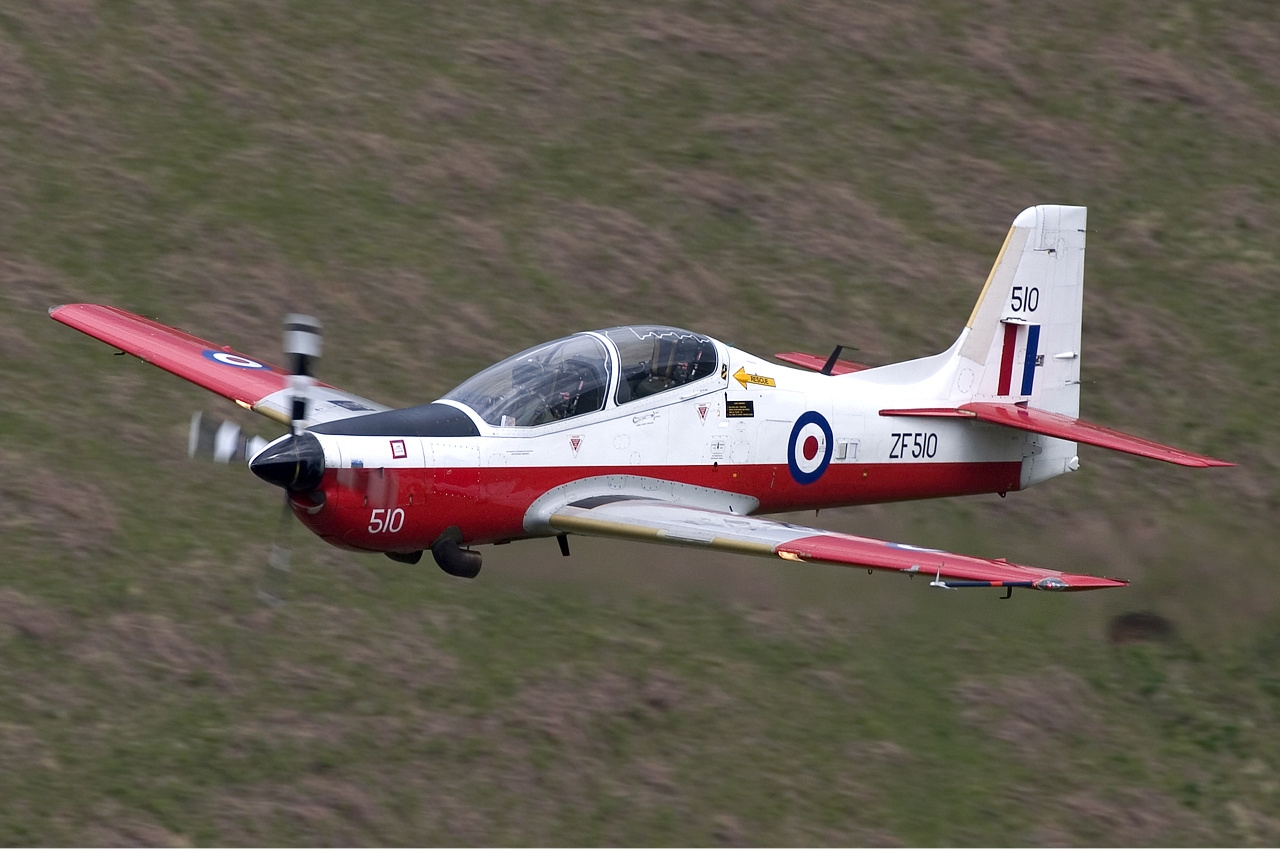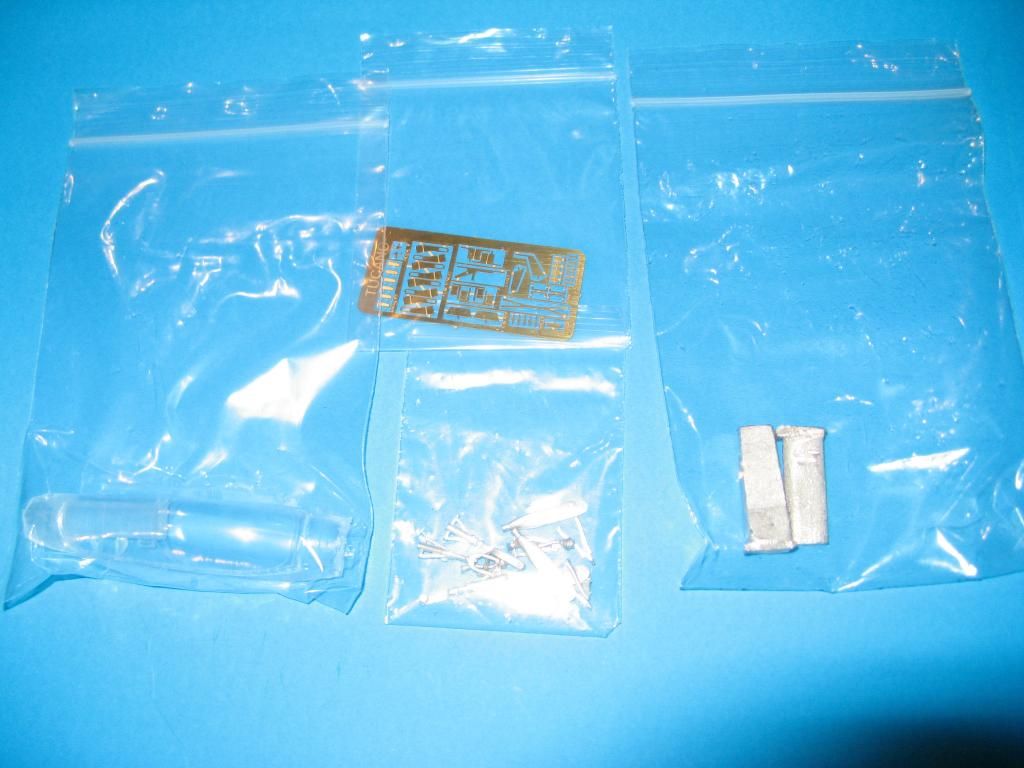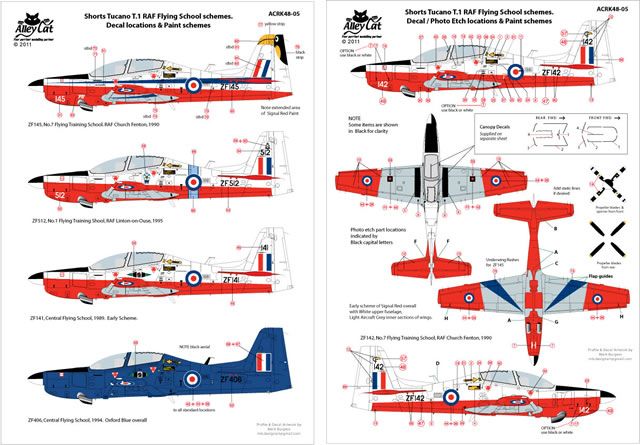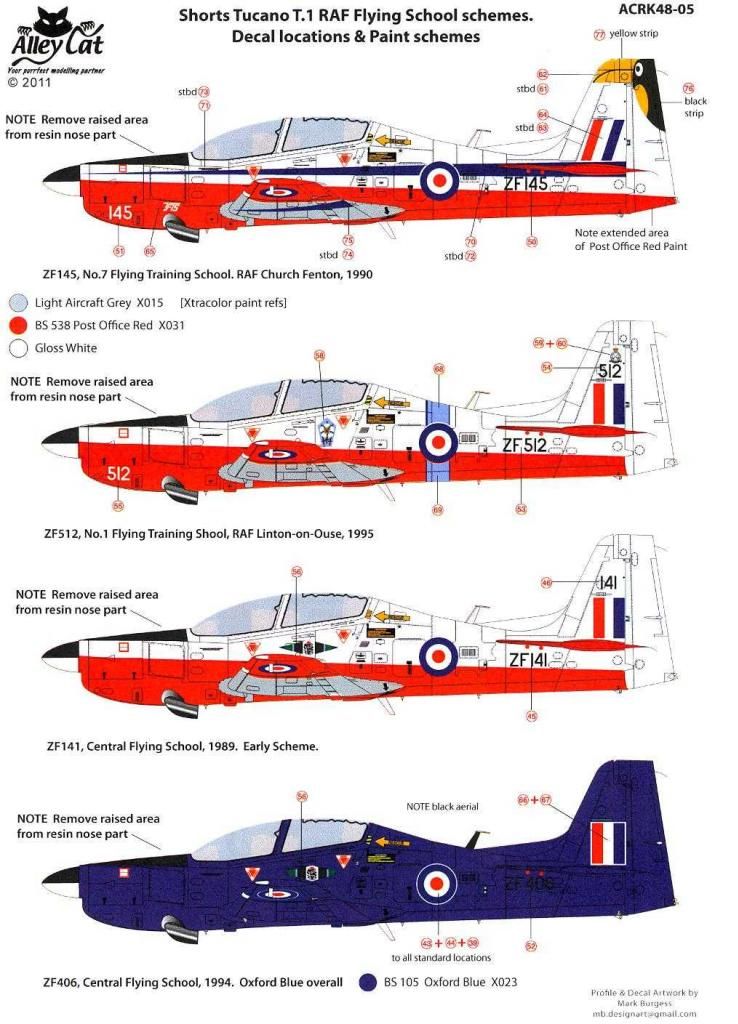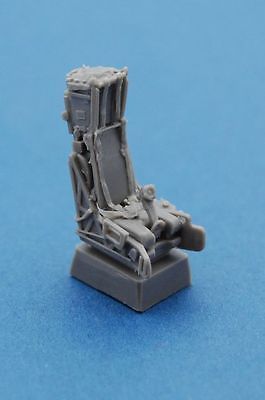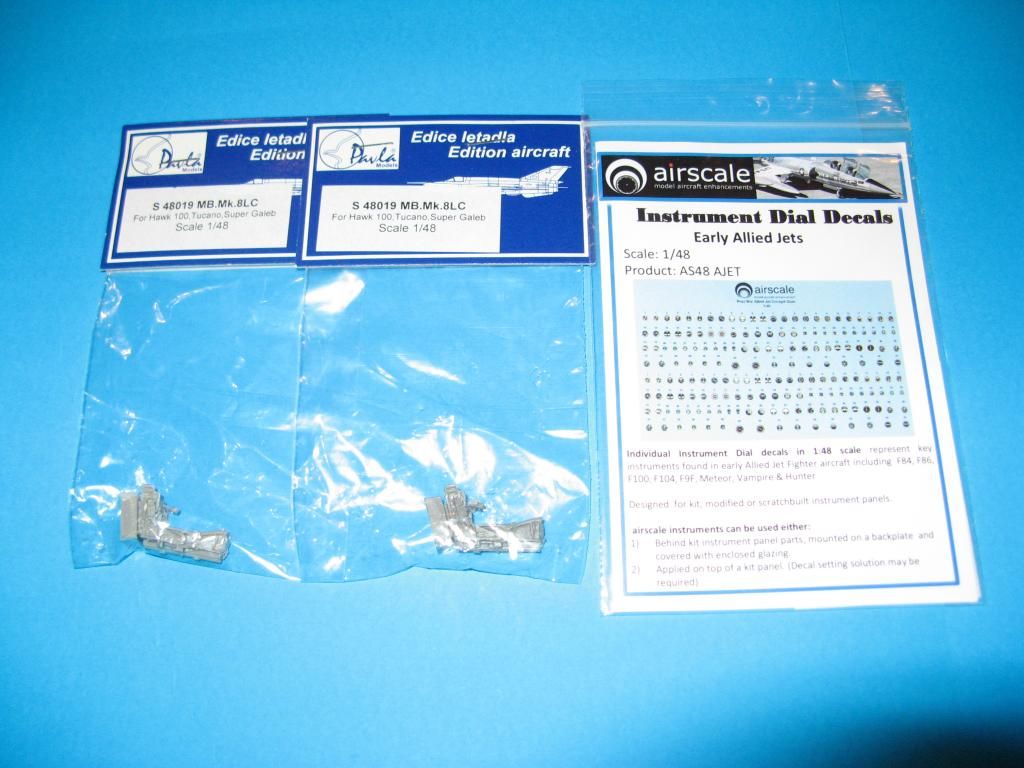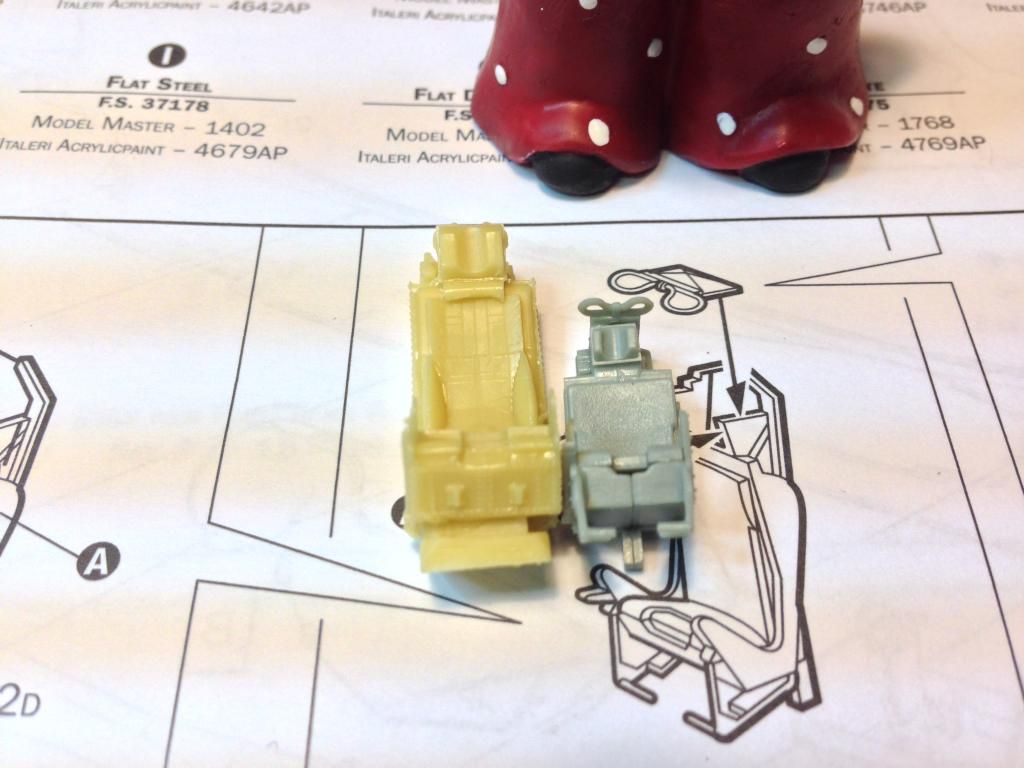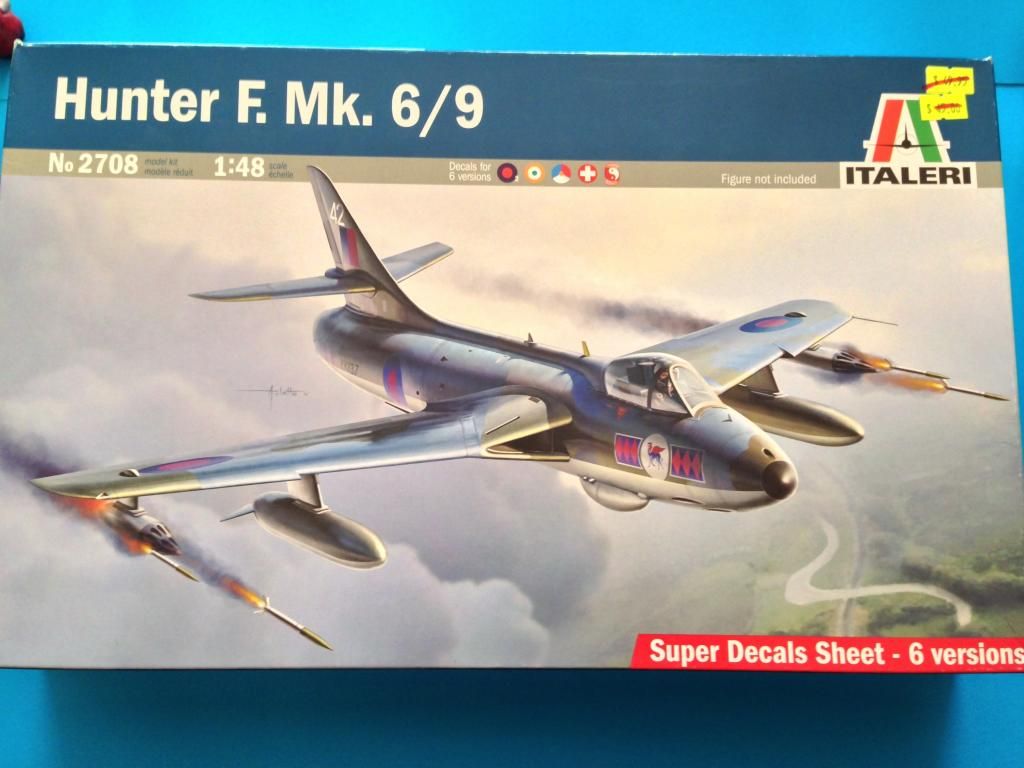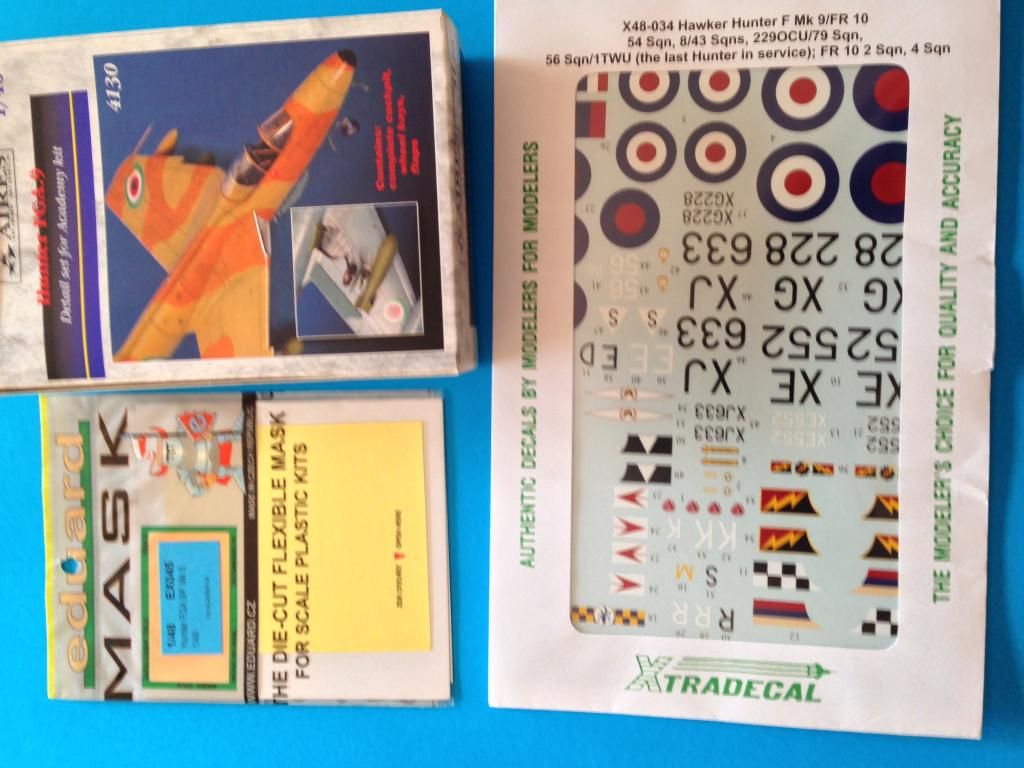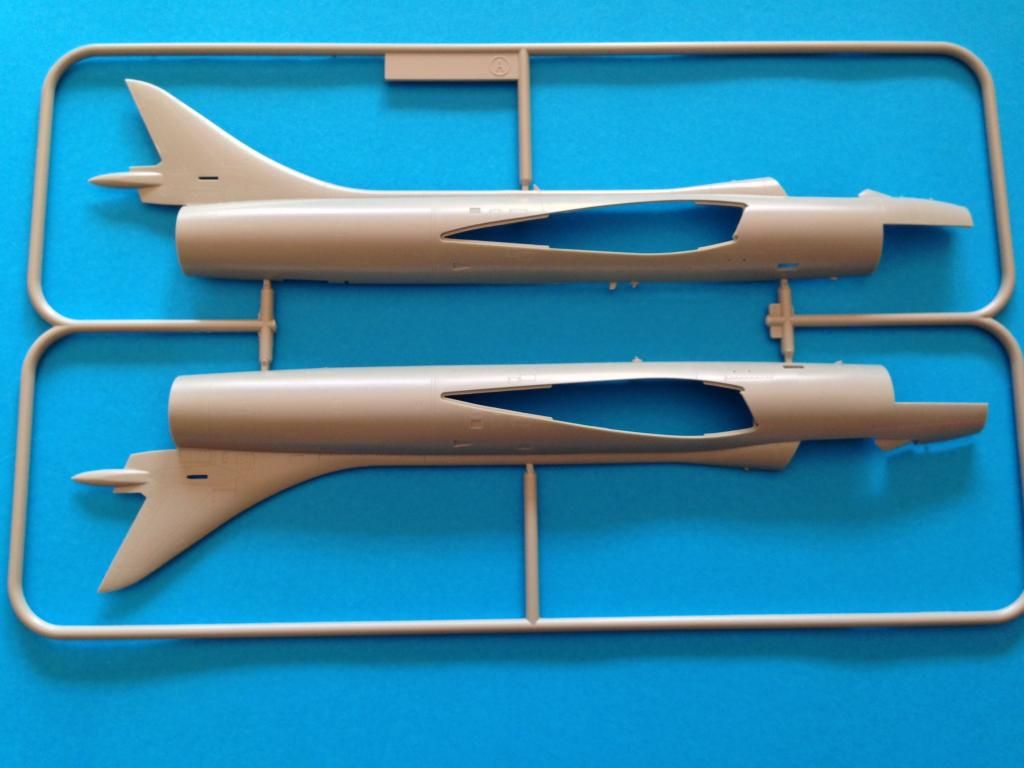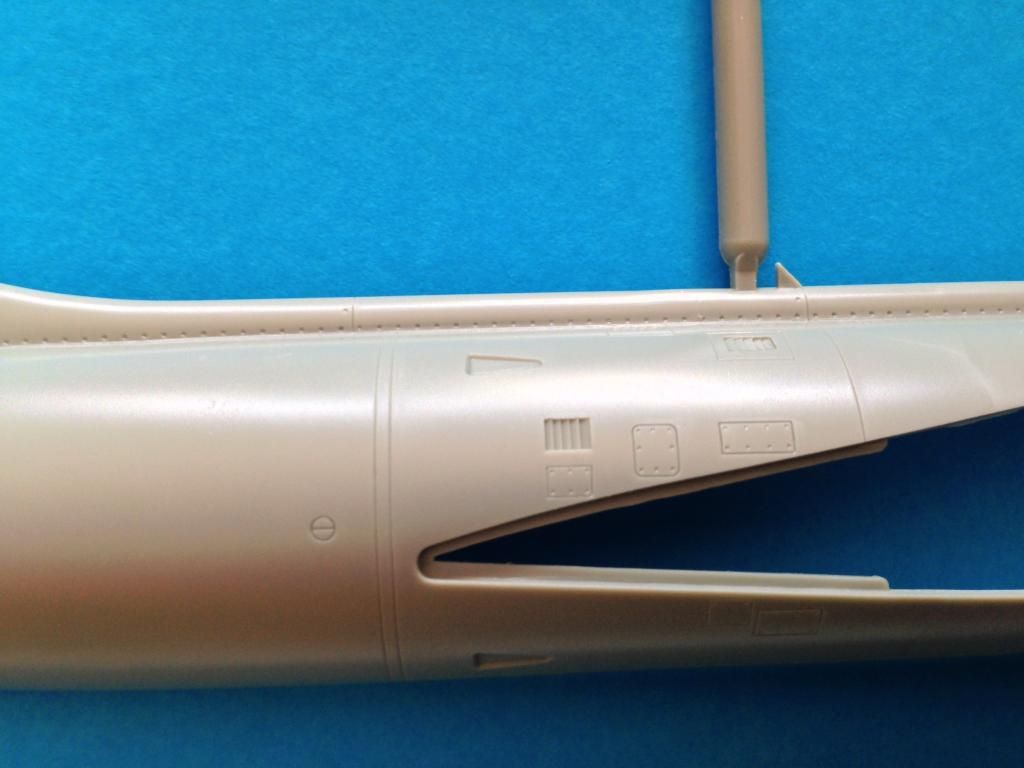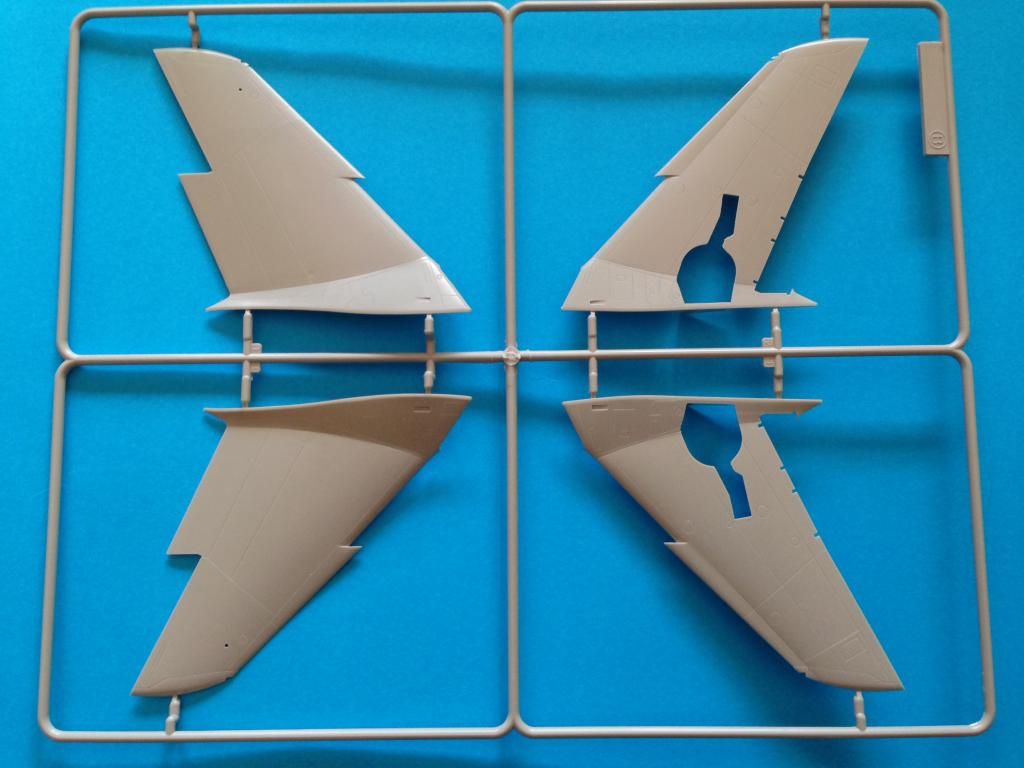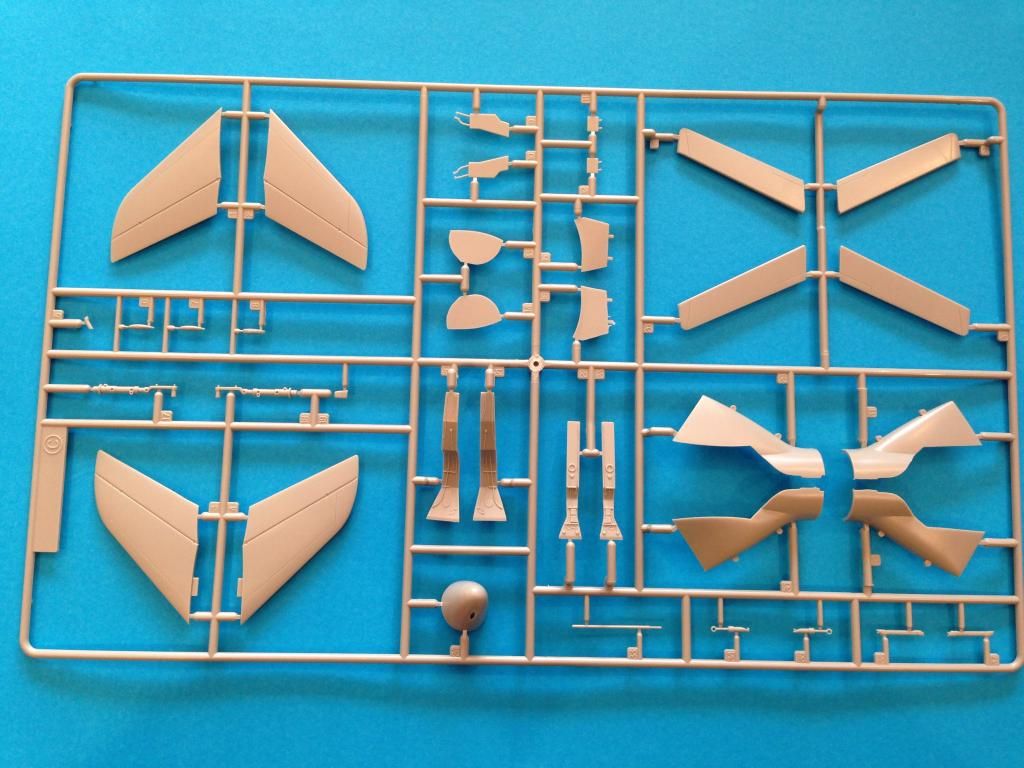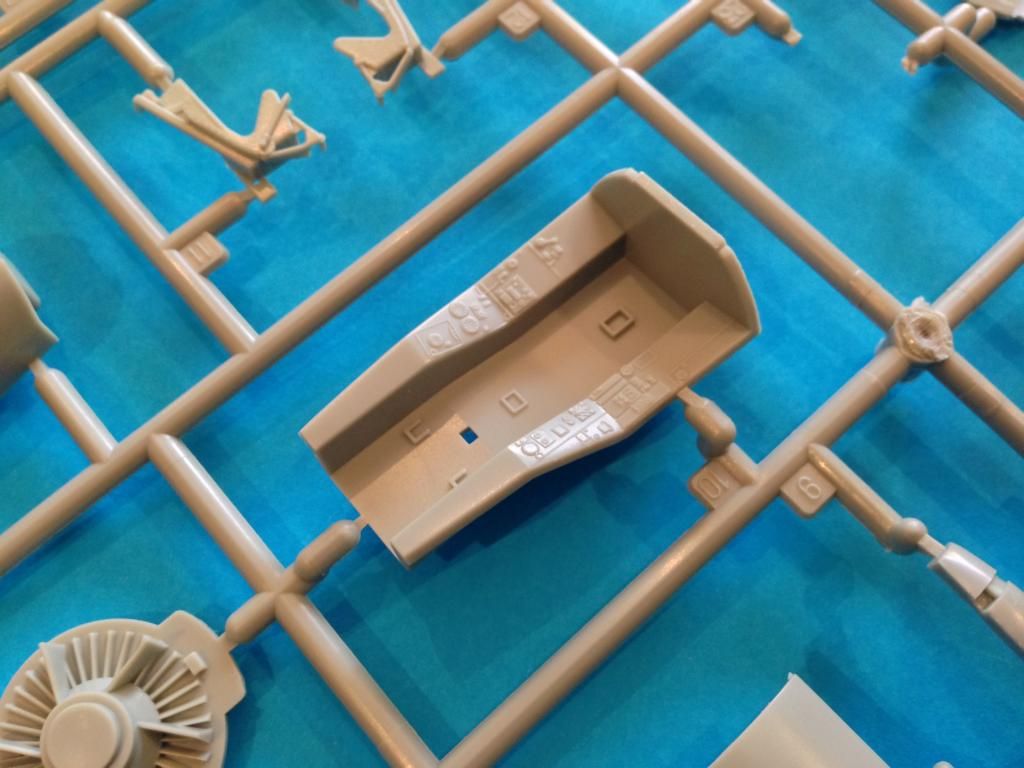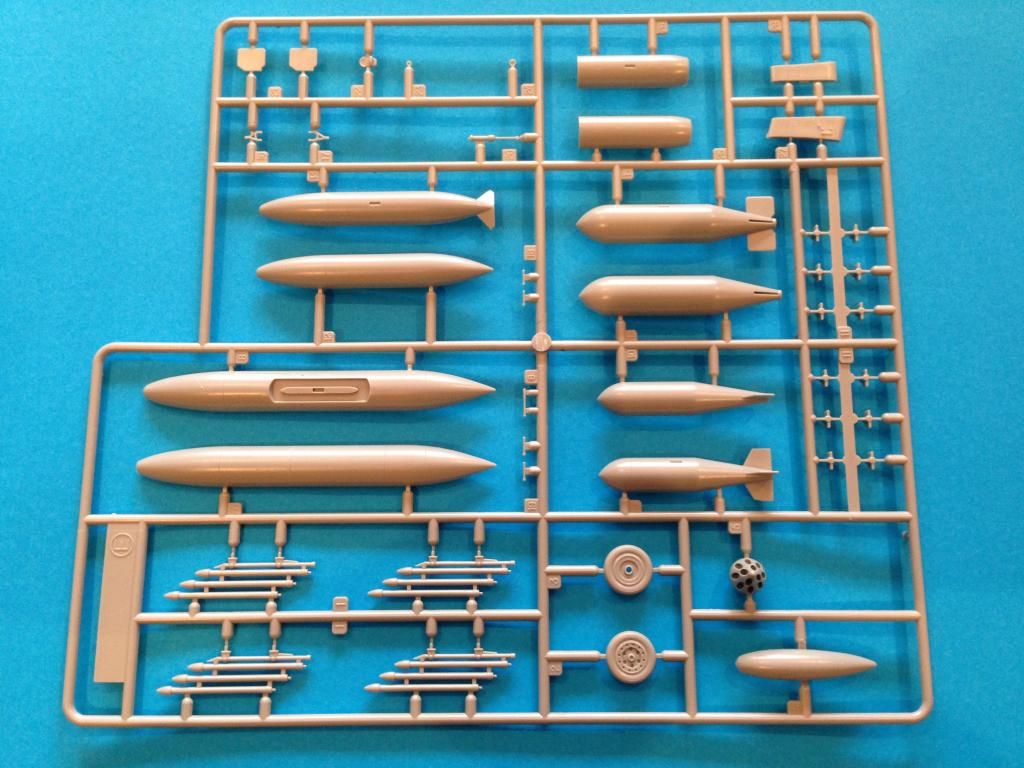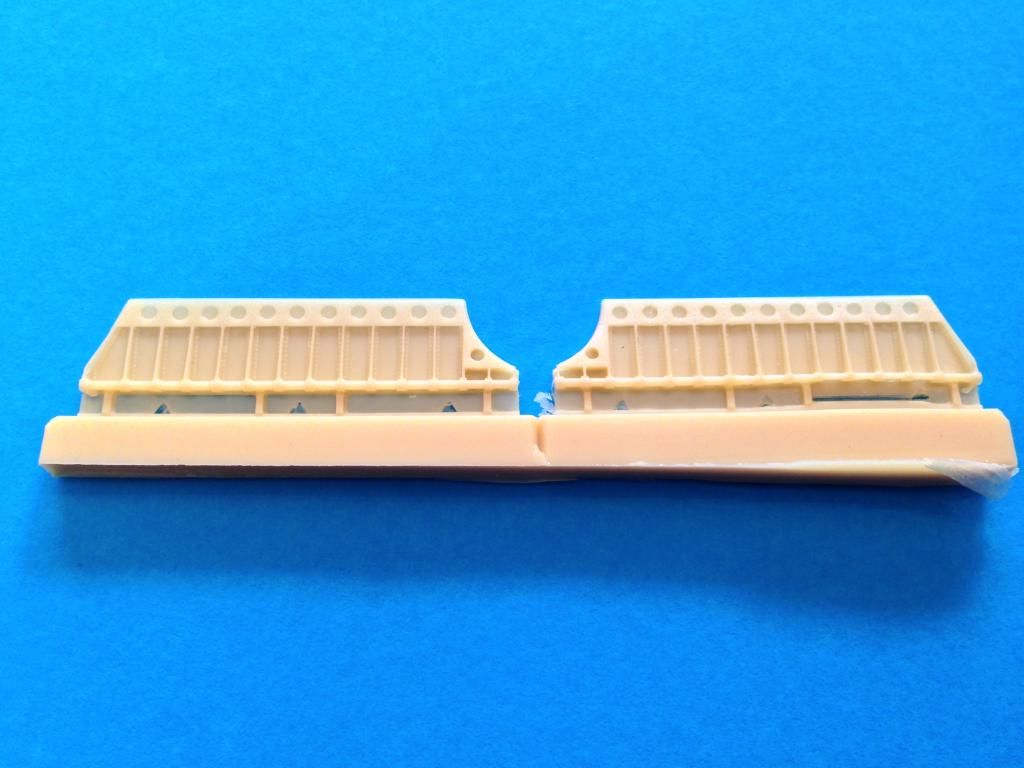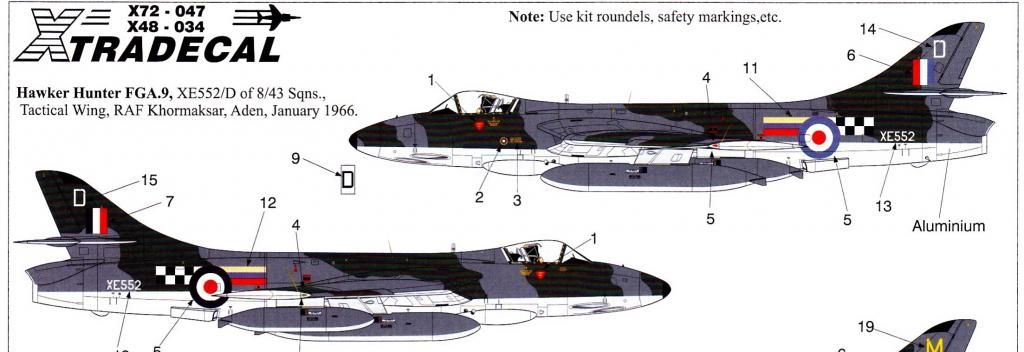Time for a Tucano
The RAF has used the Short Tucano as a basic fast jet lead in trainer since 1989. The original Tucano is product of Embraer, a Brazilian aviation company, but the RAF required over 900 modifications to this design. The Tucano produced by Short Brothers under the agreement with Embraer shares only 50% of its design with the original.
As something different to what I usually do I'll be building the Alley Cat 1/48 Short's Tucano.
The Alley Cat Tucano
Instead of the standard military stuff that I build, with matt camouflage and weathering this build is all about gloss and colour. It's also a mixed media kit with absolutely no injection molded plastic.The box is pretty small, in fact it's smaller than my iPad. However it is sturdy and the contents are well protected with those styrene 'peanuts' that protect against impact damage. Since this kit is limited run you cannot expect the same flawless presentation that you'd get from a mainstream manufacturer like, say, Tamiya. What you do get however is a level of service from the manufacturer that the mainstream guys would struggle to match. My kit had the wrong mask set and a small missing part - no problem. I just let Alastair at Alley Cat know and he was straight onto it. Replacements were sent free of charge and arrived within a couple of weeks from the UK.
Inside the box you get a pile of resin parts. The resin has casting blocks that need to be removed before assembly. Some of these need quite a bit of care. That said all of the castings in my kit are very nice indeed.
Panel lines are engraved and are very crisp. While there will not be any weathering on this build at all these will still look great under a coat of paint.
Prop blades and undercarriage are made from white metal and photoetch is used to provide some additional fine detail. A nice idea is the inclusion of two lead weights which are shaped to be hidden within the nose of the model ensuring that it does not become a tail sitter. The canopy is beautifully cast from clear resin.
One of the things that Alley Cat are known for are their decals. This kit has some lovely screen printed decals covering five RAF aircraft.
The instructions are pretty basic, but frankly the assembly of this kit is pretty straight forward so I don't think they need to provide too much. There's a few photographs of key assemblies and a written description of how to put it together. They do include several reference photos of the cockpit and canopy which will be useful as the build progresses. The marking options include four aircraft in the white/red "raspberry ripple" schemes and one in oxford blue.
I'll be building the first one with the Tucan on the tail, primarily because there's a Tucan on the tail.
I do have a couple of extras that I'll be adding. I'll be replacing the Martin Baker Mk 8 ejection seats with those from Pavla as these look a bit better that those in the kit.
I'll also be using instrument dial decals from Airscale. The kit comes with a nice instrument panel but there are no instruments so these will add a degree of realism. I chose their early allied jets set as the Tucano cockpit is designed to mimic that of the Hawk Jet trainer.
This should be a fun quick build.
